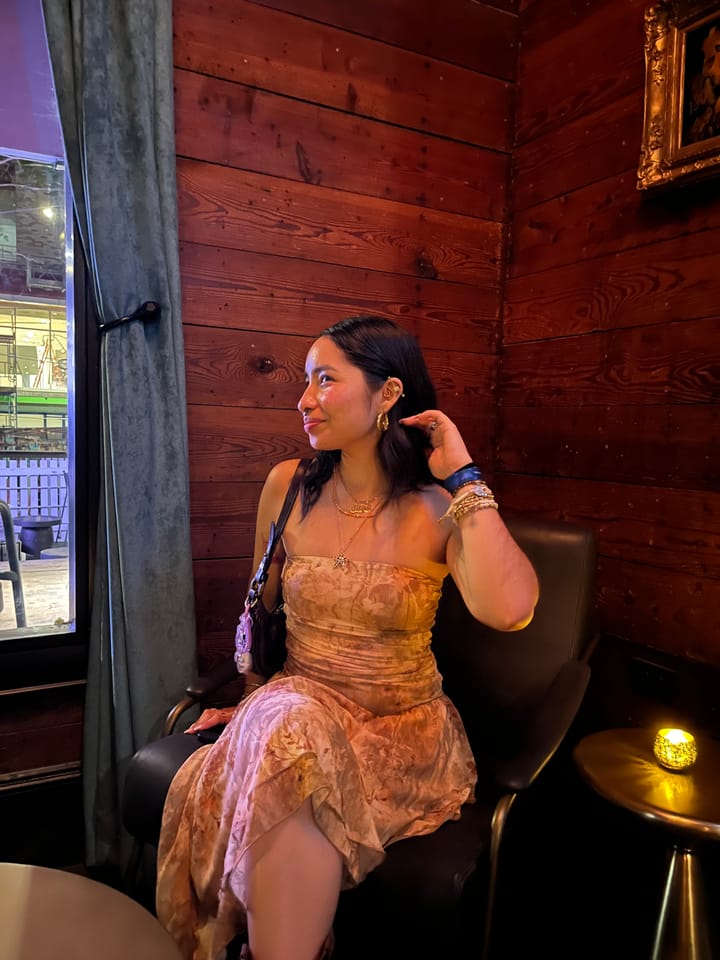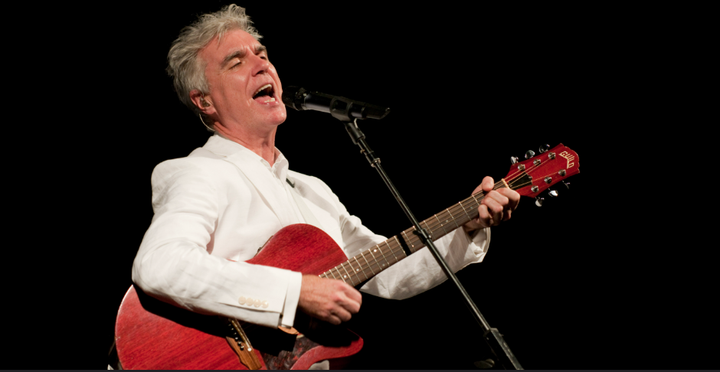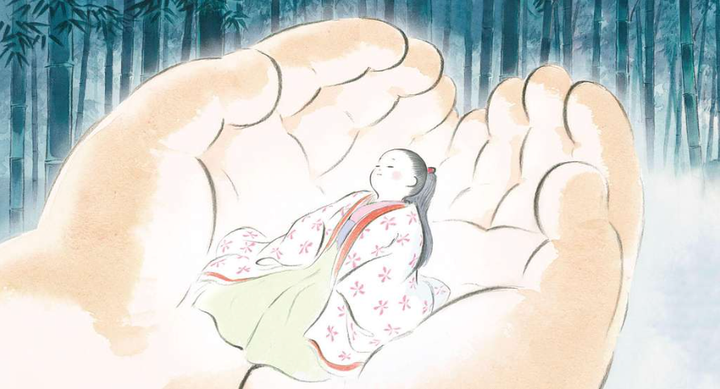Film Society x The Student: “Killers of the Flower Moon”
Martin Scorsese’s latest film, “Killers of the Flower Moon,” premiered last week. Caden Stockwell ’25 explores its dark themes and slow pace.

Throughout his 56-year career, legendary filmmaker Martin Scorsese has been preoccupied with the moral rot of America. Since his first mob film, 1973’s “Mean Streets,” Scorsese has spent decades analyzing the impact of wealth and power on individuals — the horrible things money makes men do. He applies these ideas to the Osage Nation in the 1920s in his most recent film, “Killers of the Flower Moon,” which premiered Thursday Oct. 19 at Amherst Cinema, and might just be his best. The film’s opening scenes show the Osage people, a Native American tribe in Oklahoma, mourning their people’s assimilation into whiteness. They promptly discover fields of oil beneath their land and become extravagantly wealthy. But of course, this comes at a cost.
Ernest Burkhart, a World War One veteran played by Leonardo DiCaprio, arrives in Osage County to live with his uncle, William King Hale (Robert DeNiro). Hale positions himself as a friend to the Osage, gifting them with hospitals and schools, learning their language, and ingraining himself in their community. In secret, he plots to steal their wealth through a series of crimes and murders. Burkhart is initially oblivious. He marries an Osage woman, Mollie (Lily Gladstone), before eventually being sucked into his uncle’s schemes. He is not a particularly evil man, at least at first. He shows some degree of genuine love and affection towards Mollie. But as he tells his uncle over and over, “I sure do love that money.”
One of the most daunting aspects of “Killers of the Flower Moon” is its runtime, lasting three hours and 26 minutes (his second longest narrative film, three minutes behind 2019’s “The Irishman”). Normally, the greatest compliment one can give a film of this length is that they didn’t feel the runtime, that it flew by. This is not the case with “Killers.” Every minute is felt and languished. You are not allowed to shy away from the horrors onscreen. Scorsese forces us to absorb the terror and dread.
Nonetheless, the film is not entirely without humor. While it is not often laugh-out-loud funny like many previous Scorsese joints, there is humor within its grimness. The film’s funniest moment comes during a conversation between Kelsie Morrison (Louis Cancelmi) and his lawyer. He asks, were he to adopt two Osage children and those two children were to die, if their inheritance money would come to him. His lawyer, somewhat shocked, states that “this indicates that you plan on adopting and killing these children.” Kelsie responds, plainly and matter-of-factly: “not if it’s illegal.” He expresses no particular emotion, as if describing his plan to go and buy groceries. The exchange is so brazen and horrifying that I couldn’t help but let out a nervous chuckle.
Early in the film, Hale tells Burkhart that he has to learn about the Osage before he can integrate with them. “The Osage are a quiet people,” he says, adding that Burkhart may feel the need to run his mouth to fill the silence, but it’s better if he just sits in it. In an early scene between Burkhart and his soon-to-be wife, Mollie says that the rainstorm outside means that they must be quiet for a little while. Burkhart is resistant but Mollie implores him not to speak. And so the two of them just sit, listening to the rain.
“Killers of the Flower Moon” has no desire to fill all of its quiet moments. It is soft spoken, silently devastating. It lulls you into its rhythm, drawing you deeper and deeper into its world, replacing your heart with a pit. The closing scene, which should not be spoiled, is one of the most audacious and revelatory endings I’ve seen in a new movie in years. In its final five minutes, the past three hours are entirely recontextualized, and the very medium in which it has taken place is shaken.
The film is based on a 2017 nonfiction book, “Killers of the Flower Moon: The Osage Murders and the Birth of the FBI.” There are a number of divergences from the book, such as the decentralization of the FBI in the story, but the main change is the shift of perspective. While the book keeps you in suspense as to who is committing the murders, the film makes it immediately obvious. There’s no question that Hale and Burkhart are the ones carrying out these atrocities. The question is not who is doing it, it’s how it happens, and how it is overlooked and ignored. While Hale is perhaps more obviously a villain, much of the film centers around Burkhart's quiet complicity and his slow descent into moral rot. He begins by simply allowing the crimes to happen, but soon becomes an active participant.
The heart of the film, however, is Mollie. In one of the most powerful performances in recent memory, Mollie only speaks when she has something to say, yet her presence dominates every scene, even the ones she isn’t in. Her dilemma is the film’s most compelling. Her entire family is being slowly murdered in a plot to divert all of their money to her husband and his uncle. The culprit is obvious. She holds an impossible position. Although part of her implicitly knows that her husband, whom she loves and wishes to love her, is behind this, she can’t accept it. Or maybe she can, and she’s so desperate for love and comfort she pretends it isn’t true. Her unrelenting refusal to believe in her husband’s actions almost makes us want to think that he is innocent, even despite everything we know. She feels powerless, doing everything she can to resist but being forced to watch her people die anyway. Her final moments in the film are utterly devastating.
In a recent interview with Deadline, Scorsese, now 80 years old, shared that “the whole world has opened up to [him], but it’s too late. It’s too late.” Unlike “The Irishman,” which felt like a culmination of his previous work, “Killers of the Flower Moon” is entirely new territory for the auteur. Scorsese goes to depths he has never before reached, with an approach unlike anything else he has done.
His films have often been critiqued for glamorizing their characters’ lifestyles. Films like “The Wolf of Wall Street” (2013) have inspired countless to dream of being like its corrupt protagonist despite Scorsese’s clear contempt for Jordan Belfort. In “Killers,” there is no glamor. Even in the greatest moments of Hale and Burkhart’s wealth and success, there is nothing but dread. It’s a cold film. The violence is matter-of-fact. Scorsese never backs away from it but neither does he revel in it. “Killers” is deeply spiritual and meditative. It is slow and dense. The viewer must witness the callous extermination of the Osage Nation, but there is nothing they can do to stop it. The film asks you — would you really oppose this violence or would you too be complicit? Would you resist, or would you accept the money and not ask where it’s coming from? “Killers of the Flower Moon” does not make you aspire to be like one of its protagonists. Instead, it makes you fear that you already are.





Comments ()